Why first aid readiness matters in roofing

By Cotney Consulting Group.
Being prepared with the proper first aid knowledge and equipment can differentiate between a minor incident and a major emergency.
Roofing is one of the construction industry's most physically demanding and high-risk trades. Whether a slip on a steep pitch, a burn from hot bitumen or a nail gun mishap, accidents on a roofing site can escalate quickly when seconds count. Being prepared with the proper first aid knowledge and equipment can differentiate between a minor incident and a major emergency.
While most roofing contractors focus heavily on fall protection, PPE and equipment safety — and rightly so — first aid readiness often gets less attention. But no matter how safe your job site is, accidents still happen. The question is: will your team know how to respond when they do?
Why first aid is essential on roofing projects
The nature of roofing exposes workers to a unique set of risks:
- Falls from heights
- Lacerations from cutting tools and metal edges
- Burns from torches or hot asphalt
- Heat exhaustion or heat stroke
- Impact injuries from tools or falling materials
When any of these injuries occur, trained personnel must be able to take immediate action. Delays in treatment — especially in remote or elevated locations — can lead to worsened injuries, shock or even death. That's why having a comprehensive first aid program on every roofing job site is necessary, not a maybe.
Building a first aid plan for roofing crews
A strong first-aid strategy begins long before any injury occurs. Roofing contractors must develop a plan for prevention, training, supplies and communication. Here's how:
1 - Assign and train first aid responders
Every roofing crew should have at least one designated individual trained in first aid and CPR. OSHA recommends that trained first aid responders must be present if medical assistance is not readily available near the worksite.
Key training areas should include:
- CPR and AED use
- Bleeding control and wound care
- Heat illness symptoms and treatment
- Burn care
- Fracture and sprain stabilization
- Emergency scene management
Training should be refreshed annually, and new employees should receive immediate orientation.
2 - Equip your job site
A proper first aid kit is more than just a box of bandages. Roofing crews need job-specific supplies to handle the types of injuries they're most likely to face. That means including:
- Adhesive and non-adhesive bandages
- Sterile gauze pads and medical tape
- Antiseptic wipes and antibiotic ointment
- Burn dressings and gel
- Cold packs
- Eye wash solution
- Splints and elastic wraps
- CPR mask and gloves
- Emergency blanket
- A first aid manual
Ensure kits are stocked, easily accessible and checked regularly for expired or used items.
3 - Post emergency contact info
In the event of a serious injury, workers should not waste time searching for contact information. Post emergency numbers at job site trailers, break areas and every work vehicle. Include:
- Local EMS or fire department
- Nearest urgent care or hospital
- Project manager or site safety supervisor
- First aid responders on site
Encourage all workers to have these contacts saved on their phones as well.
4 - Develop a communication plan
Fast, clear communication is vital during an emergency. All workers should know:
- How to report an injury immediately
- Who to contact for help
- Where to direct emergency responders
- How to guide EMS to the injured person (especially if the site is large or hard to access)
Designate one person to meet EMS at the entrance and escort them to the location.
5 - Document and learn from every incident
Any workplace injury — no matter how minor — should be reported and documented. This helps ensure the injured worker receives proper care and provides valuable insights to prevent similar incidents in the future.
After-action reviews can improve procedures and identify training or equipment gaps. Incorporate lessons learned into your safety meetings and toolbox talks.
First aid culture: Leading from the top
Company leadership is crucial in making first aid part of the safety culture. Supervisors and crew leaders should encourage injury reporting, support training efforts and take all injuries seriously — no matter how small. When the crew sees that management values health and safety, they will take it seriously.
Remind your teams that knowing first aid isn't just about helping others — it's about being able to take care of themselves, their coworkers and maybe even a stranger in need. Those skills stay with them long after the workday ends.
Conclusion
First aid readiness isn't just a checkbox on a safety audit — it's a vital part of roofing safety that saves lives, reduces downtime and builds trust with your team. The reality is that injuries happen fast. But if your crew is trained, your kits are stocked and your plan is in place, you can respond faster.
When seconds count, preparation is everything.
Learn more about Cotney Consulting Group in their Coffee Shop Directory or visit www.cotneyconsulting.com.





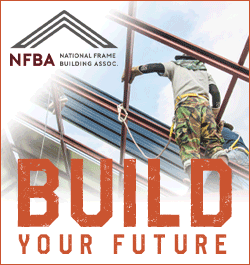


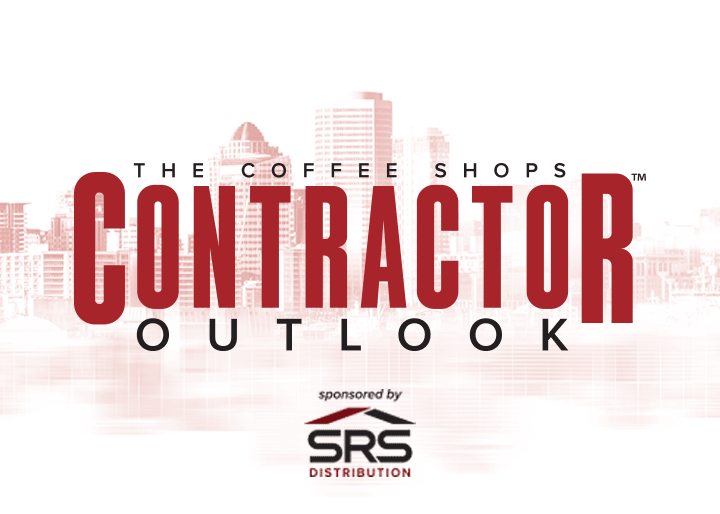
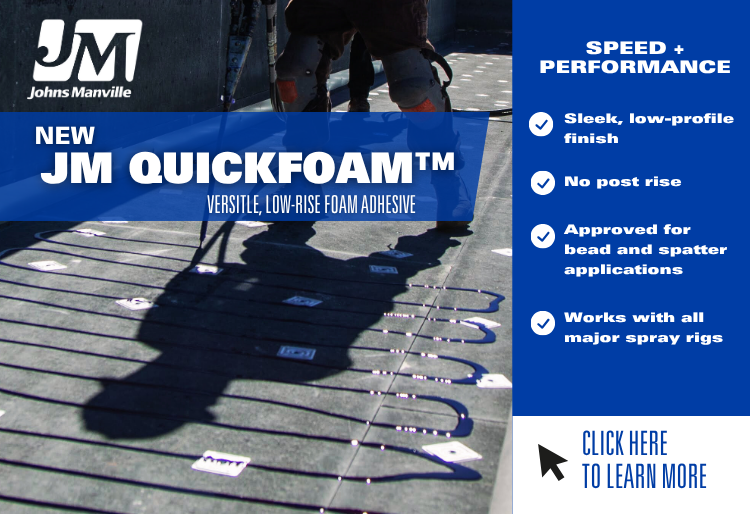
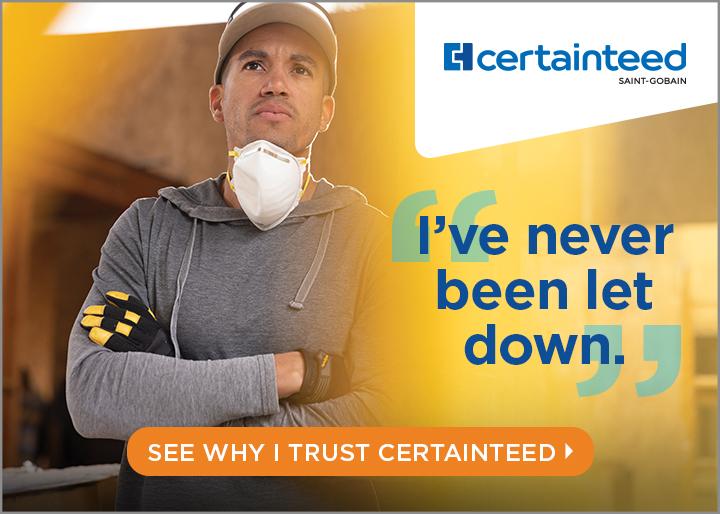


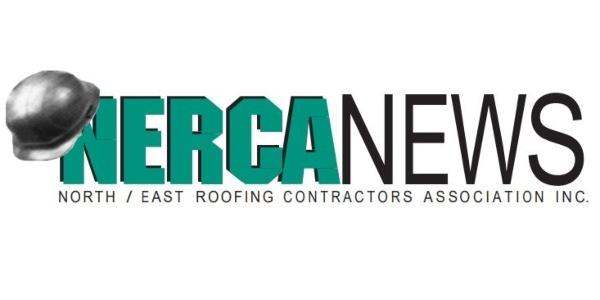
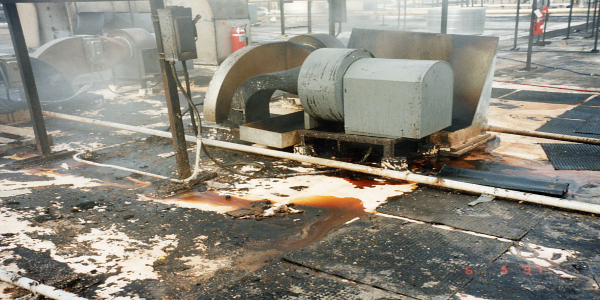
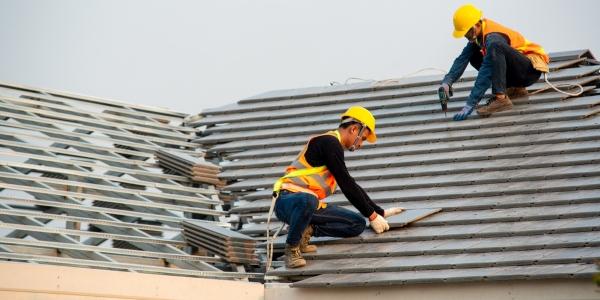





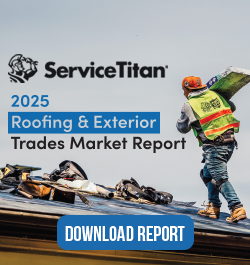
Comments
Leave a Reply
Have an account? Login to leave a comment!
Sign In